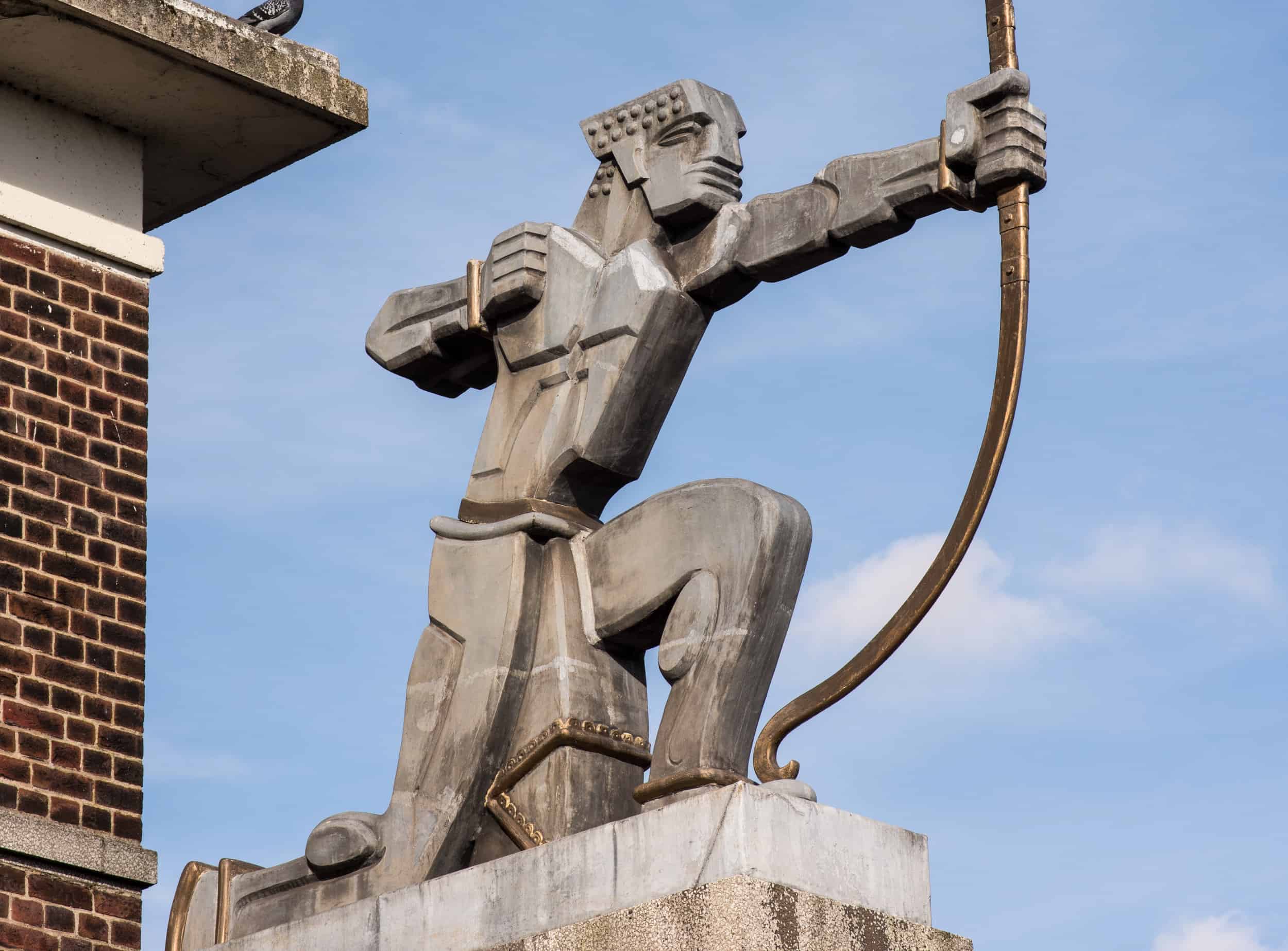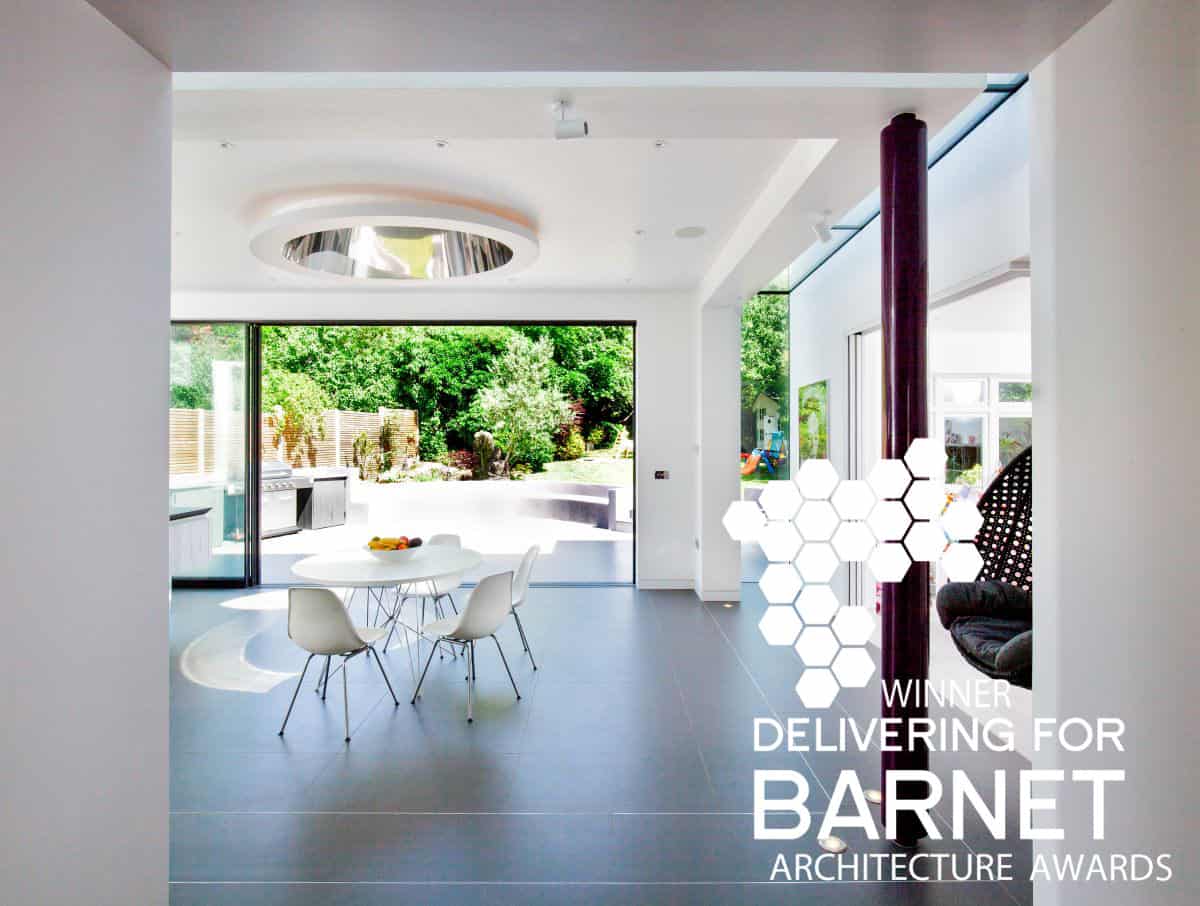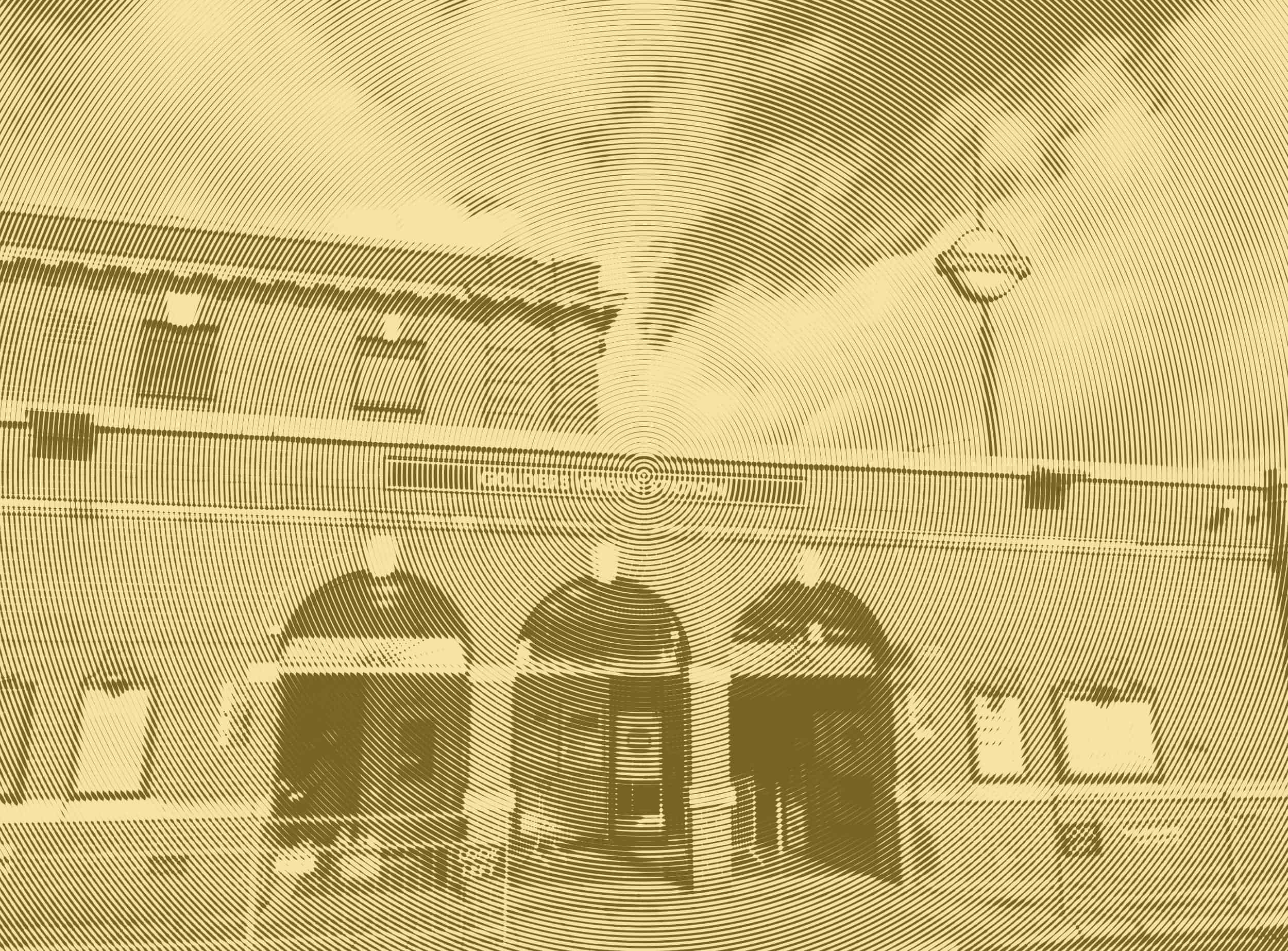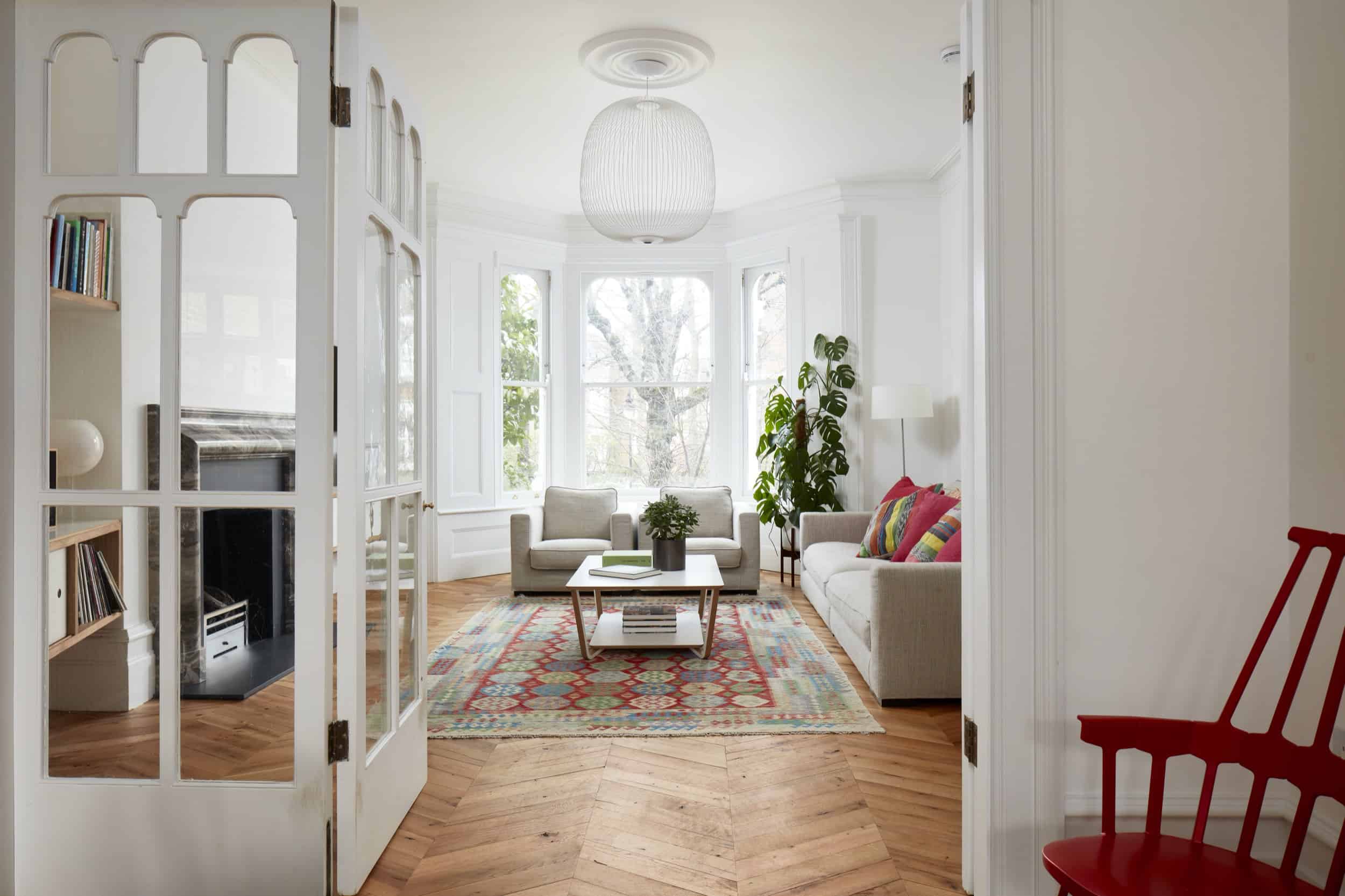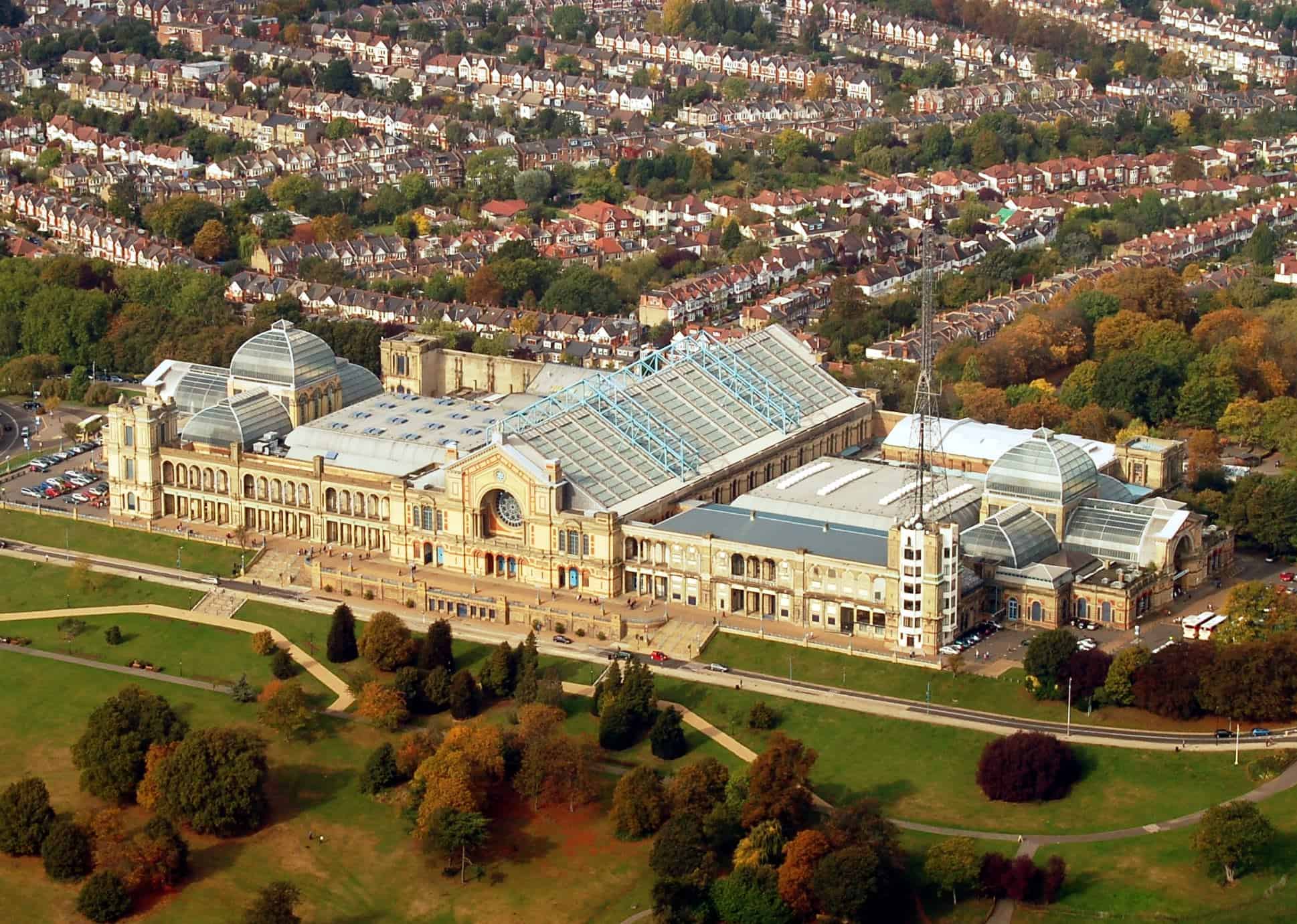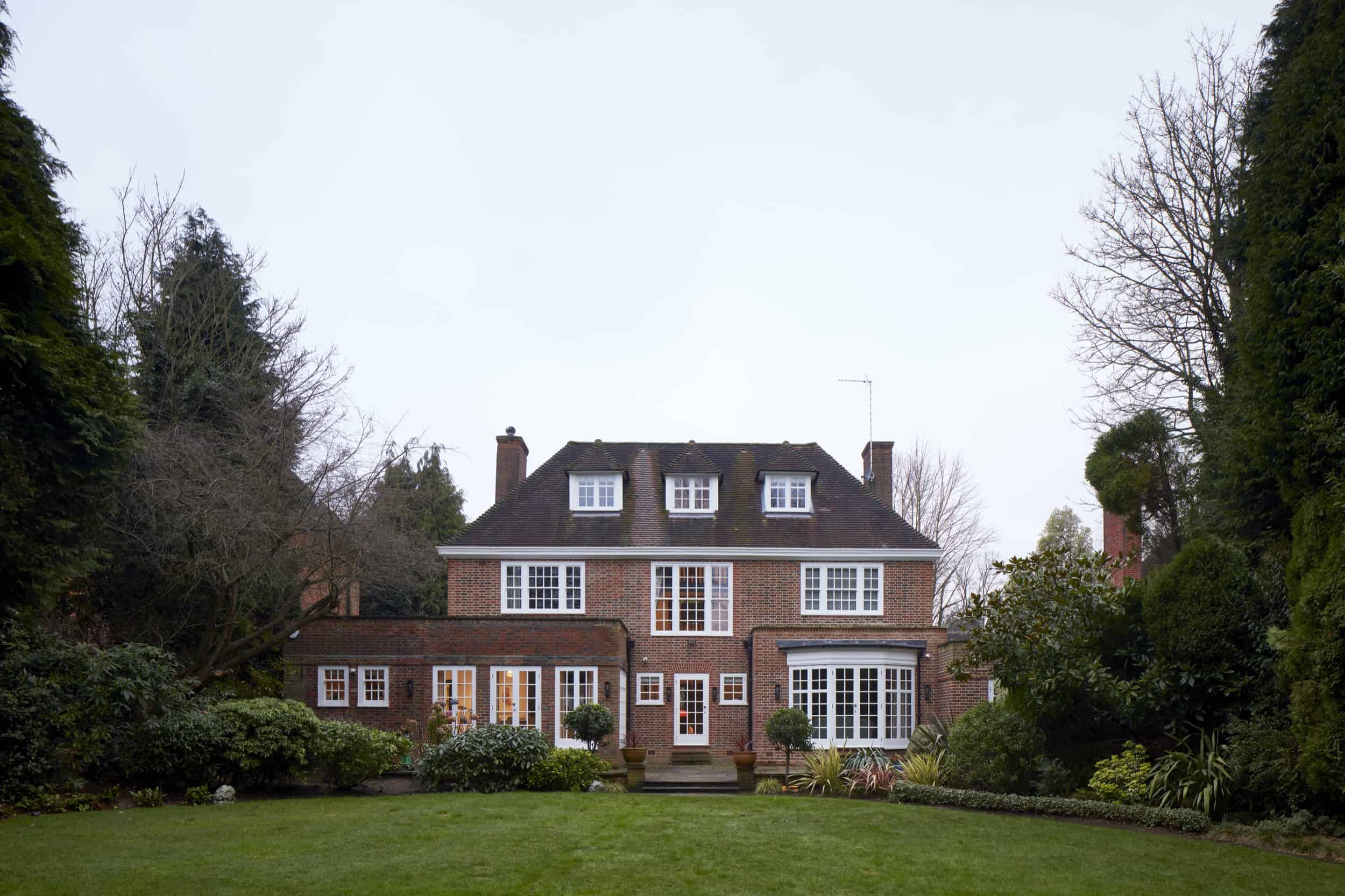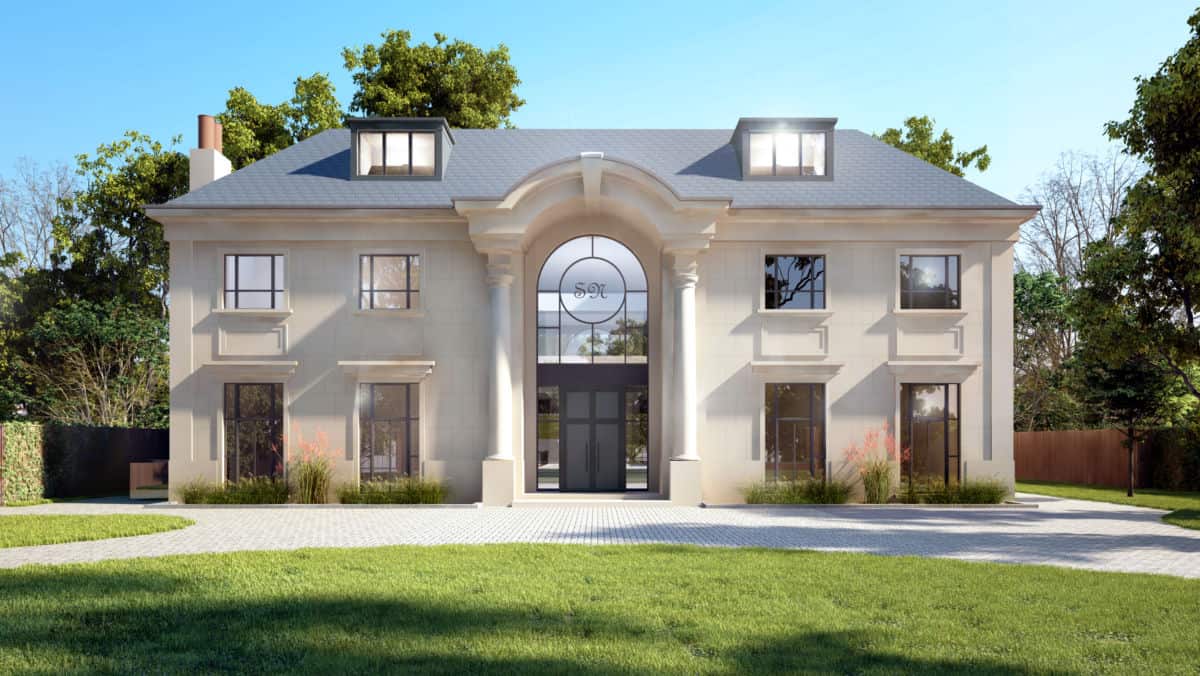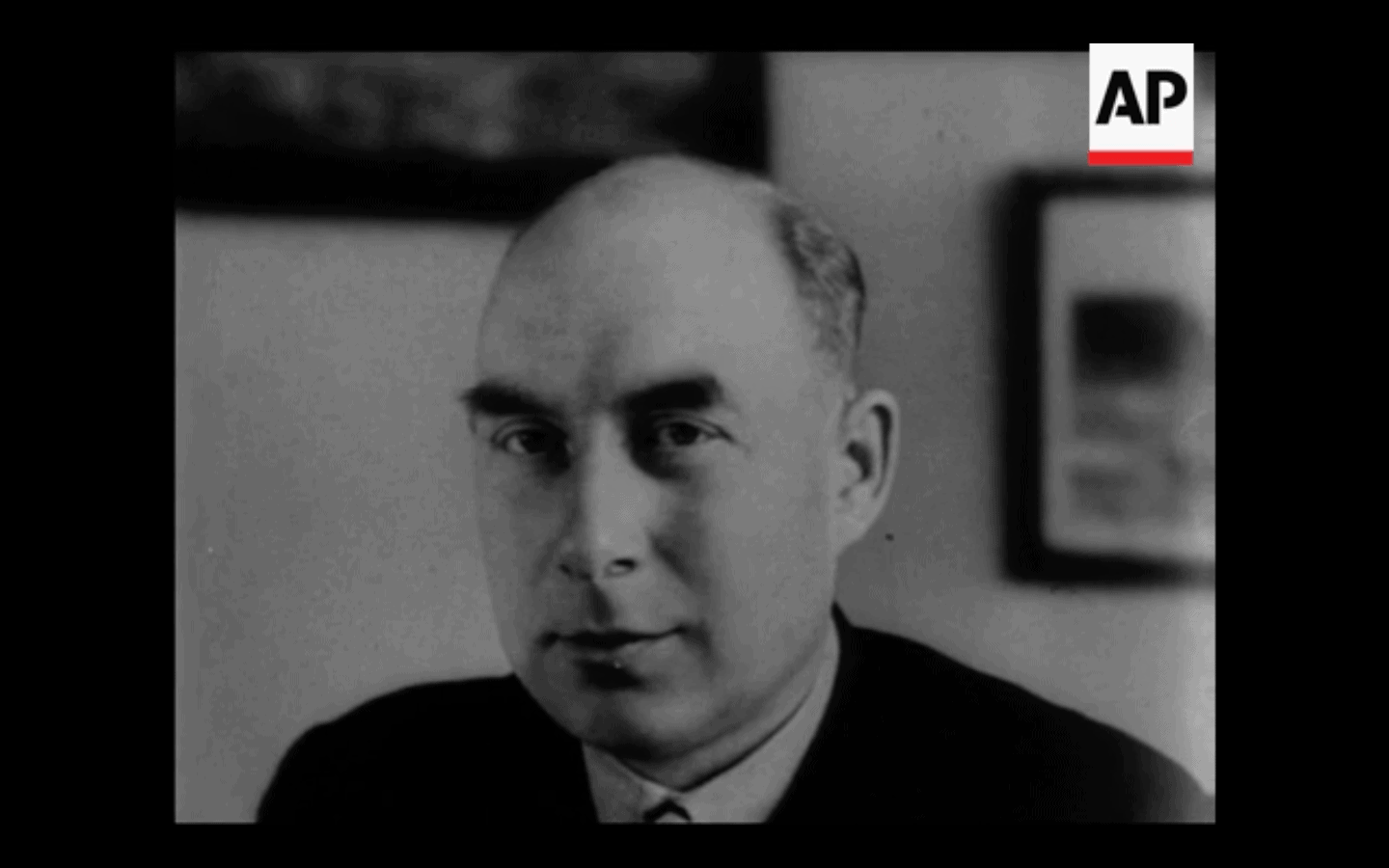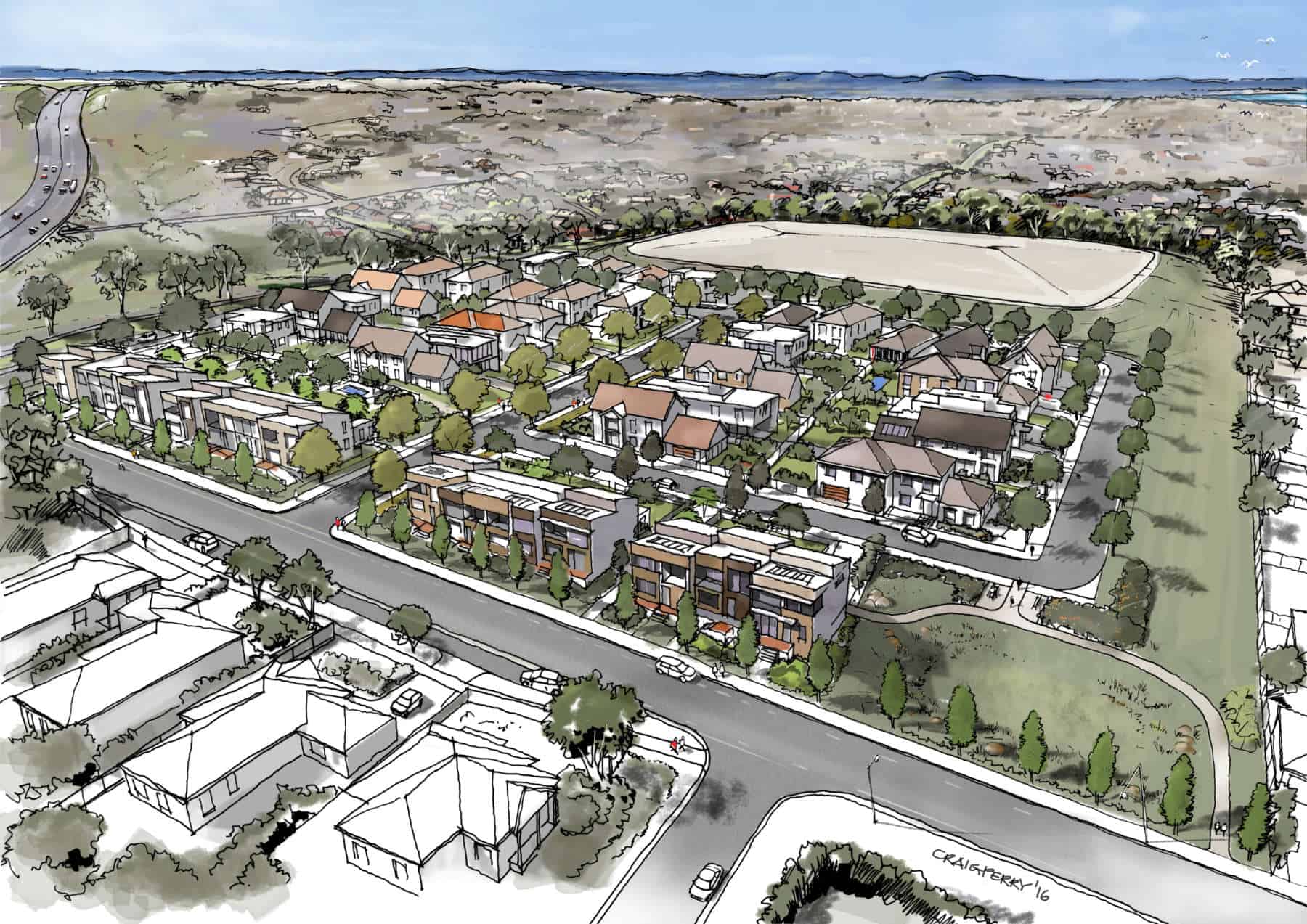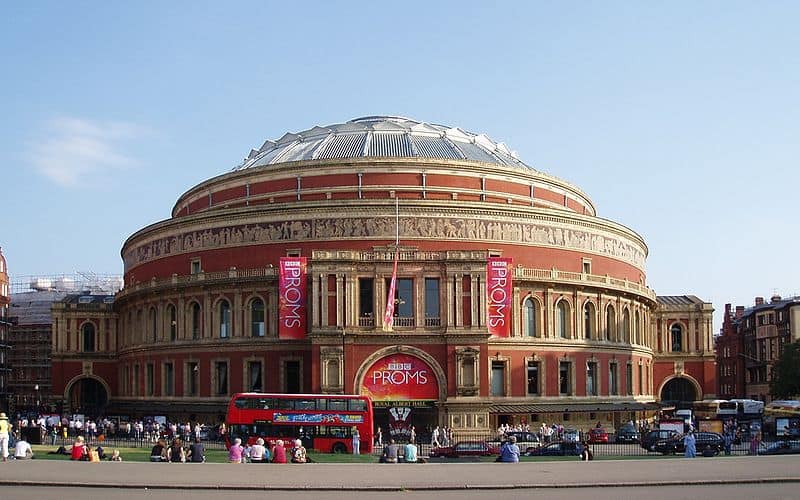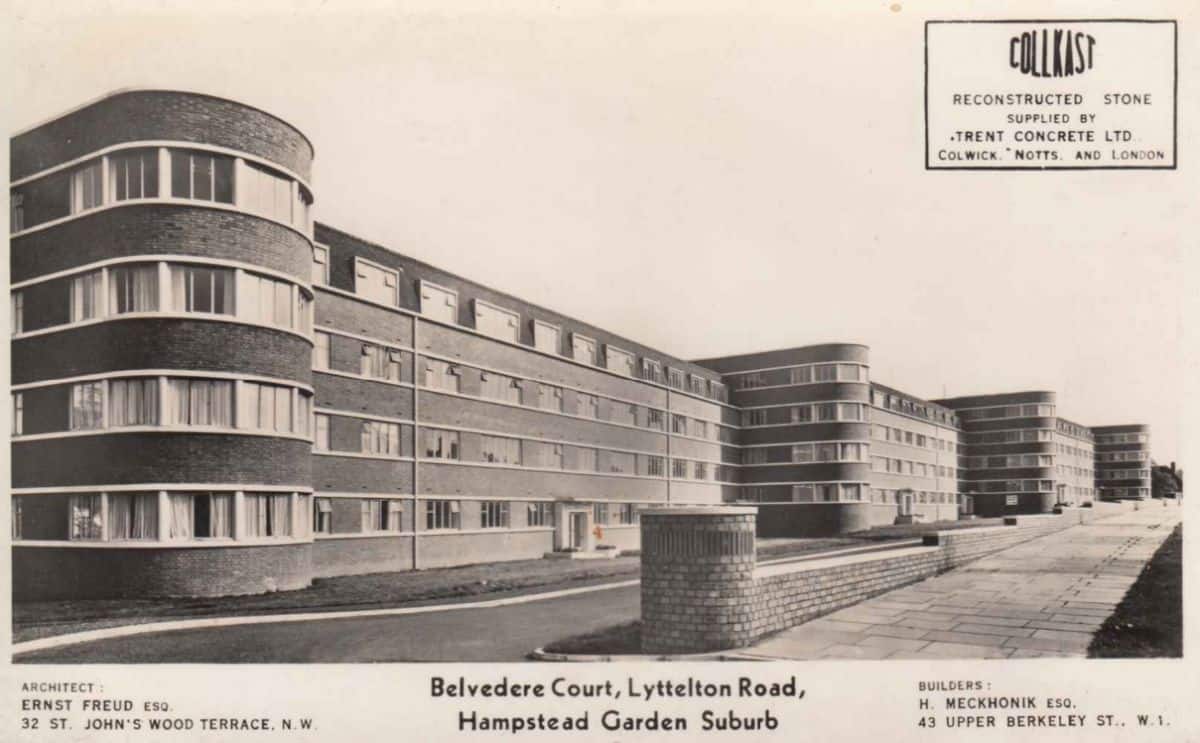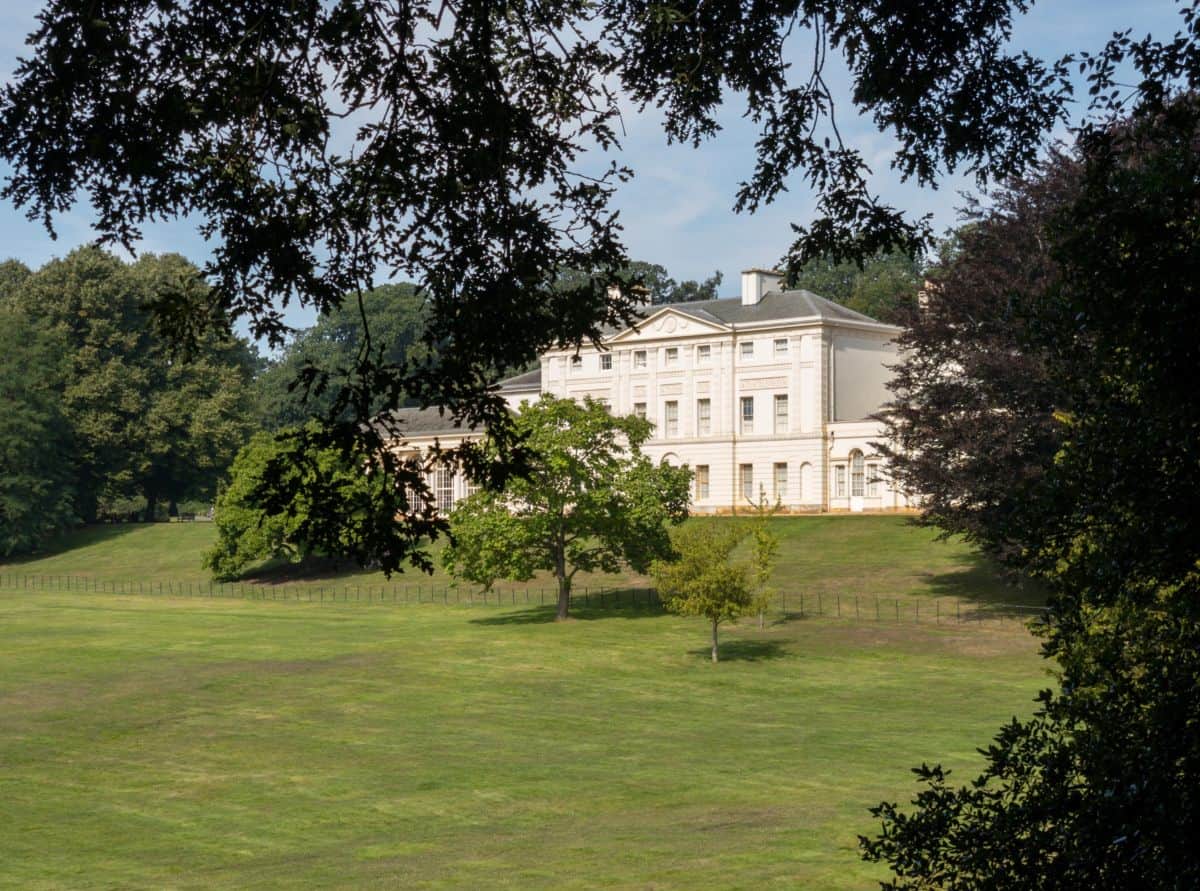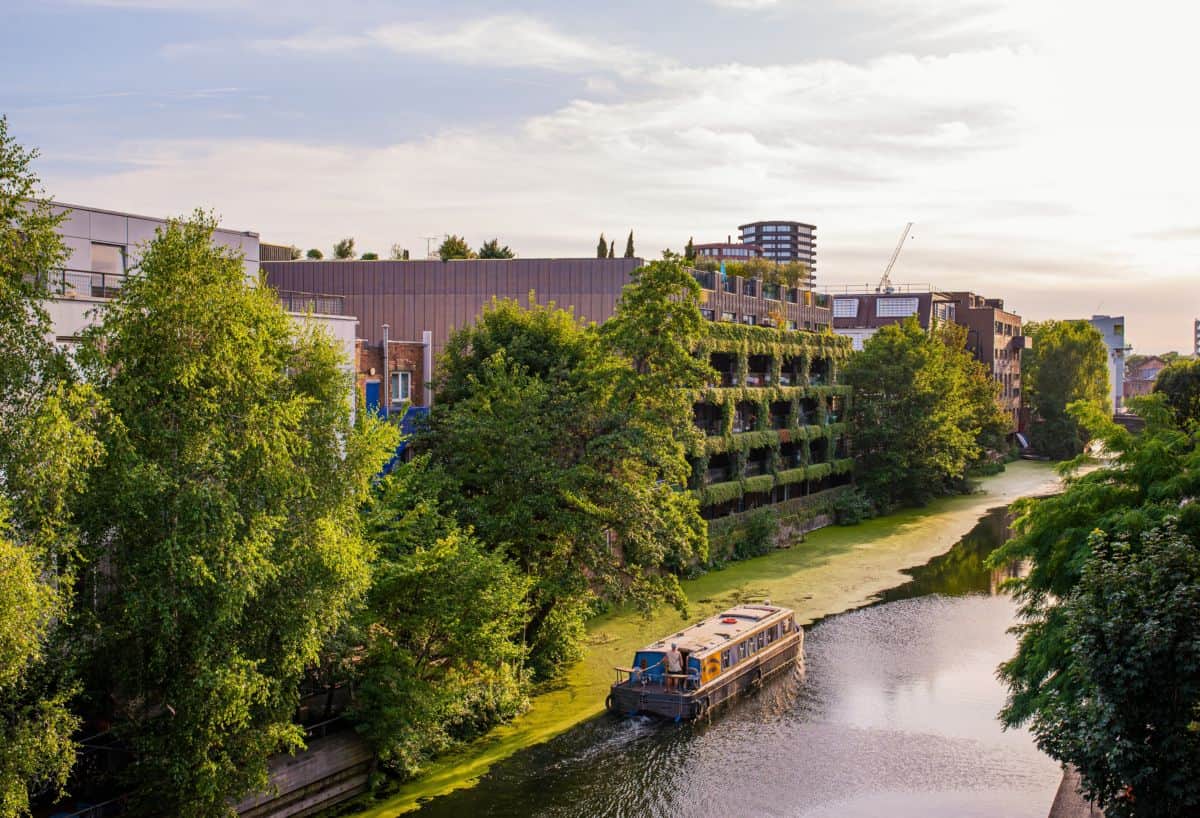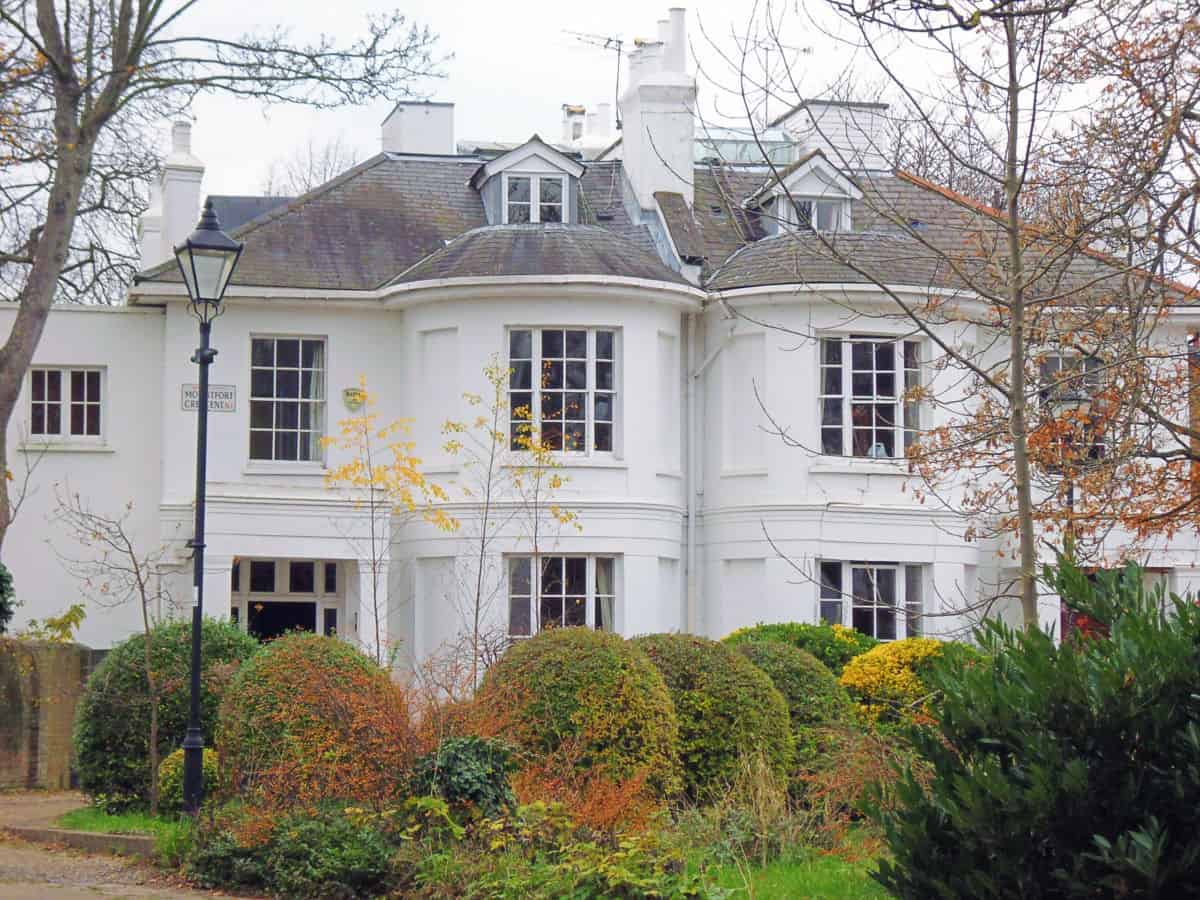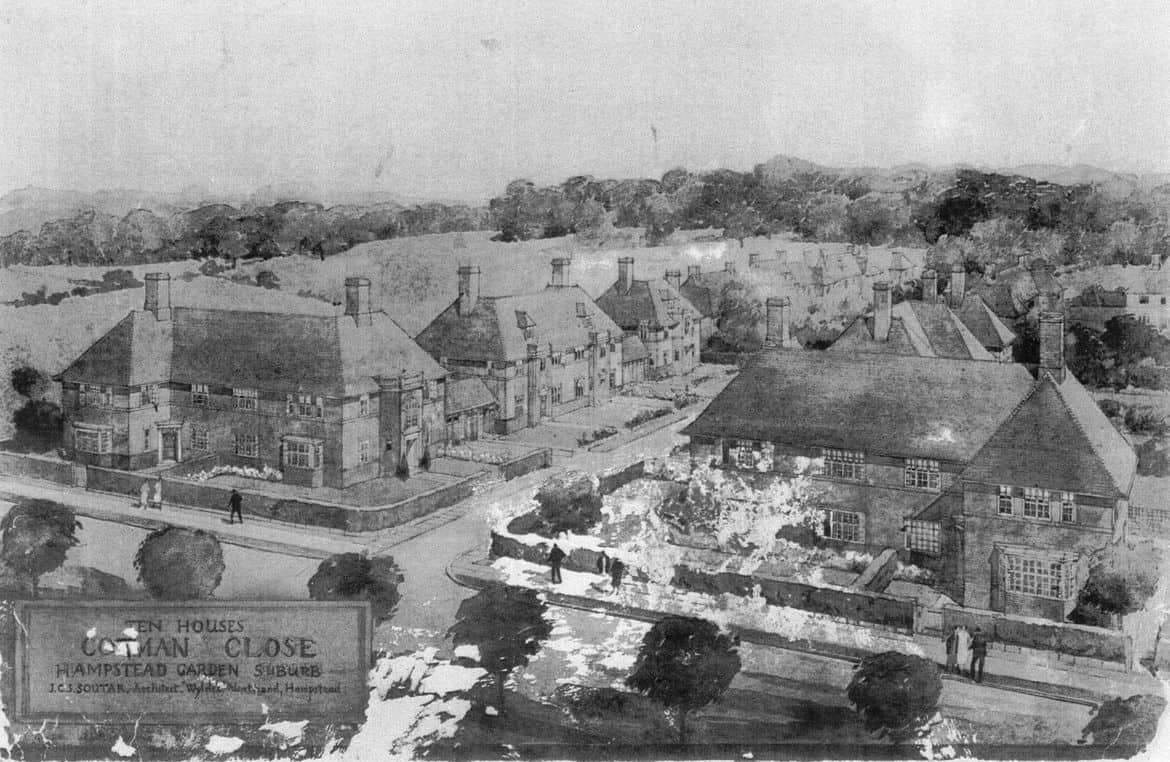North Hill—the most architecturally diverse street in Britain
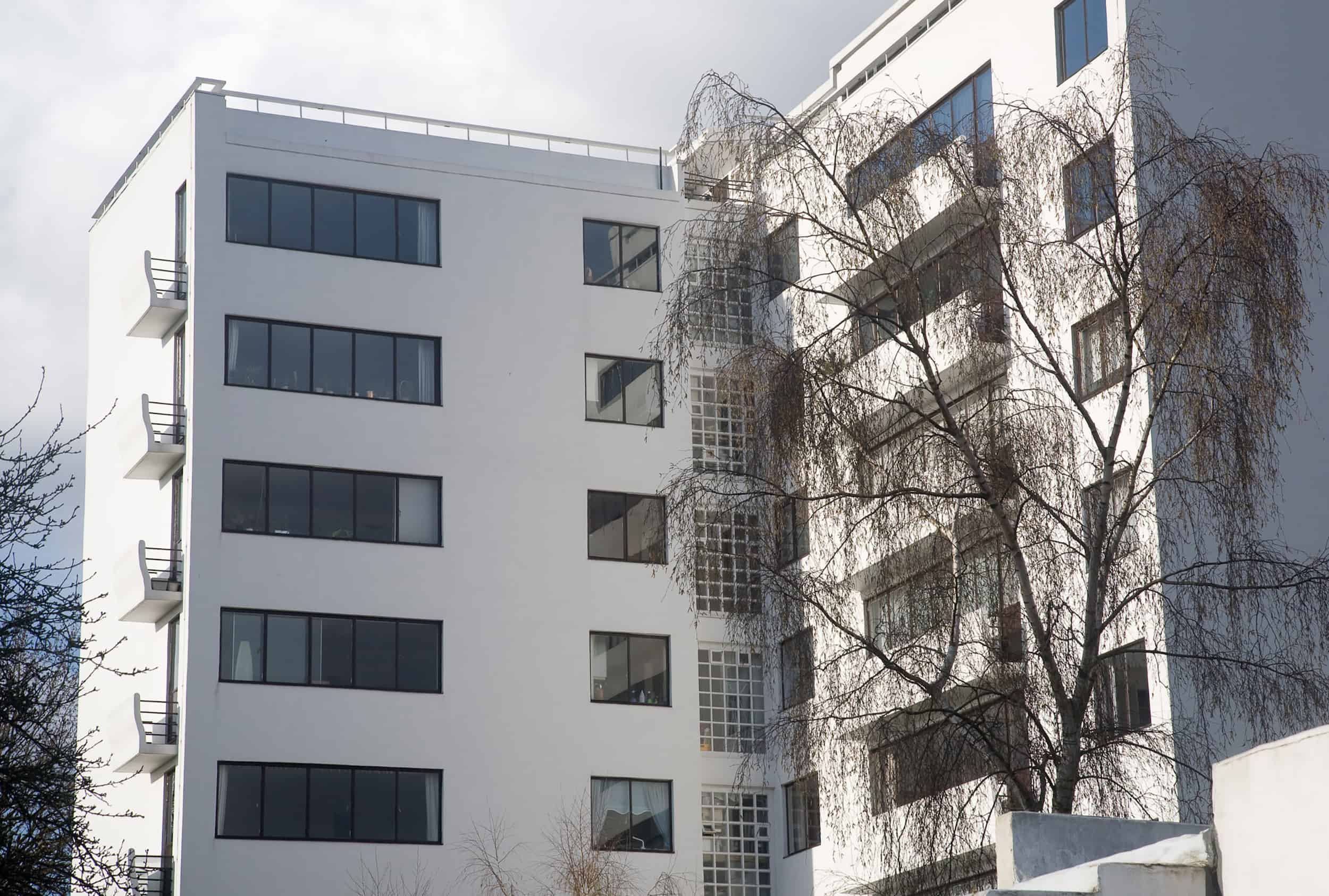
North Hill in Highgate is a bit of an architectural anomaly. It may only be around a mile long, but it manages to play host to a huge array of architectural styles. Walking along North Hill, which runs parallel to Highgate tube station and Archway road, you’ll see buildings dating as far back as the 1600s and right up to the present day. This unusual claim to fame has led to its residents and Haringey council dubbing it the most architecturally diverse street in Britain.
What’s On North Hill?
North Hill has a variety of different domestic buildings, including flats, houses and other dwellings, that can be divided into privately owned, socially owned and charitably owned. On this street, you will find the Highpoint I and II apartment buildings that were designed by the internationally renowned architect Bertold Lubetkin. With their distinctive glass caryatids, these buildings are often renowned as some of the best examples of modernist architecture in London.
If you have a passion for architectural history and find yourself wandering about the area, there is even a guide for you to look at if you want to know specifics about any of the buildings. It showcases 35 examples of buildings on the street, all ordered in a timeline that shows you when they were built so that you can see the evolution in the designs over the last 400 years.
Different architectural styles
We mentioned above that there are a number of different architectural styles on this one street, and that’s true. There are 14 different styles on this street alone, which is more than any other single street in Britain. The first style dates back to 1620-1700 when the Stuarts were in power. From there, the area has seen different styles of architecture right up until the present day. There are a couple of buildings from the Queen Anne era (1700-1720), followed by Georgian buildings (1720-1800). From there, a couple of buildings came from the Regency (1800-1830), before a number in the Victorian times (1830-1900). The other architectural styles that can be found on North Hill are as follows:
- Arts and Crafts (1860-1910)
- Edwardian (1900-1914)
- High Victorian Gothic (1855-1885)
- Queen Anne Revival (1890-1910)
- Mock Tudor (1910-1939)
- International Modernist (1925-1939)
- Art Deco (1925-1937)
- Modernist (1945-2010)
- Neo-Georgian (1980-2010)
As you can see, a lot of these styles overlap with their dates. As with most things, there is not only one style that can be showcased at any given time, which is why there is a variety that cross over. All of the buildings that have been created on this street have their own special architectural style depending on the year that they were built. Quite a large number of buildings were designed and created in the Georgian style, for example, with fewer in the Art Deco style.
‘Making The Difference’ Programme
In an attempt to try and make Highgate more appealing, residents submitted a bid to add North Hill as a tourist destination under Haringey’s Councils ‘Making The Difference’ Programme. This was to be marketed as a place for people who are interested in the architecture of Britain. Within the project, a fold-out guide was created to give visitors all the information they could want about the architecture of the street, as well as an interpretation board for visual effect. You can find this board located outside of The Bull pub at the Highgate Village end of North Hill.
This programme aimed to show off the area as Britain’s most diverse street, while helping to boost the economy that was lacking when the programme started up in the area. If anyone is truly interested in British architecture and seeing the development that it went through, North Hill is the place to see it. The diverse nature of the designs alone is intriguing, and any history buff will enjoy the visit.
Events North Hill has been built through
The buildings on North Hill have seen it all. The first event that North Hill was around for was the first King James Bible in 1611. This was just before the start of the Stuart architectural design era, which spanned the next 80 years, meaning that buildings first started appearing on the street around the time of events such as the Great Fire Of London and The Glorious Revolution. In the Queen Anne architectural style era, the street lived through The Act of The Union and the First Jacobite Rising.
Georgian buildings were built from the first Shakespeare Jubilee right the way through until the first house was lit by gas, which was an incredible development at the time. No matter what was happening in the country, or indeed the world, the street developed with all sorts of architectural styles that reflected key historical moments.
To still have buildings that were created in all different styles, and so many in one place makes North Hill a truly special place for architecture.


